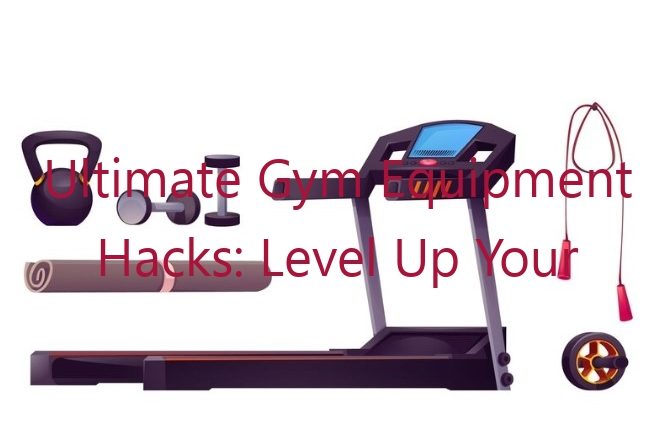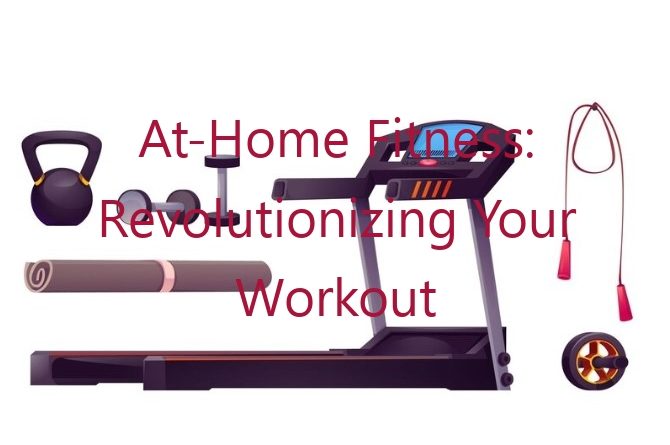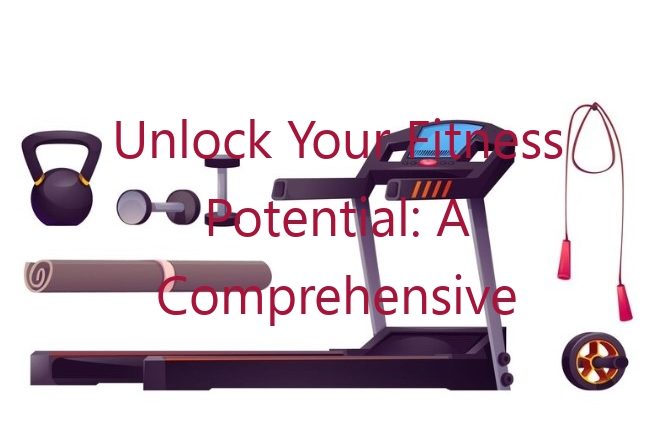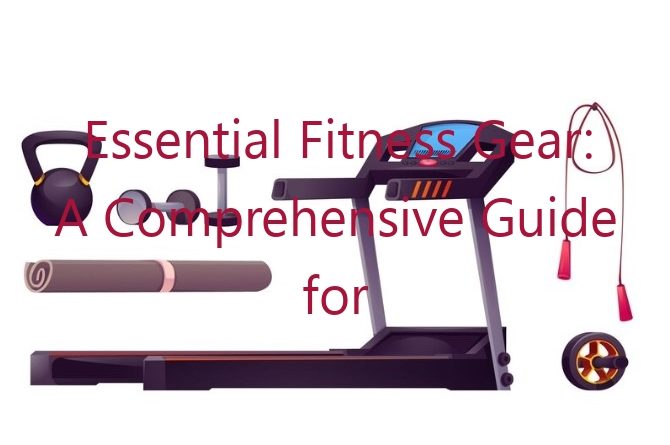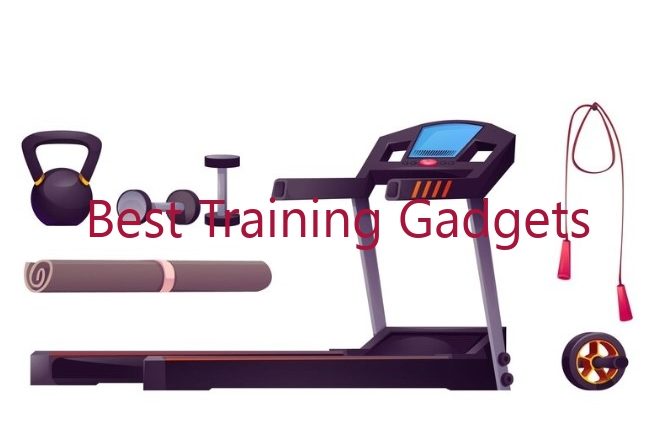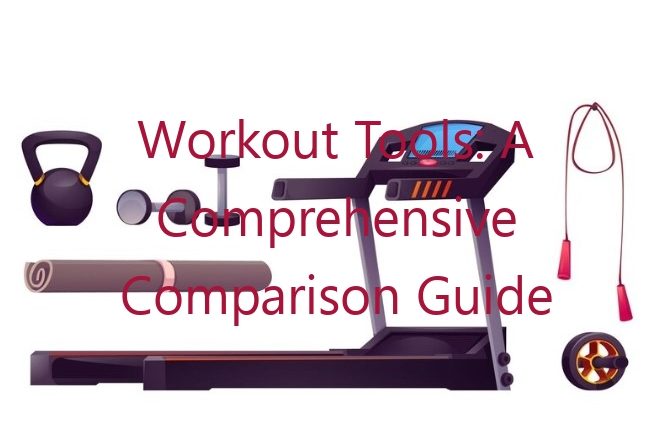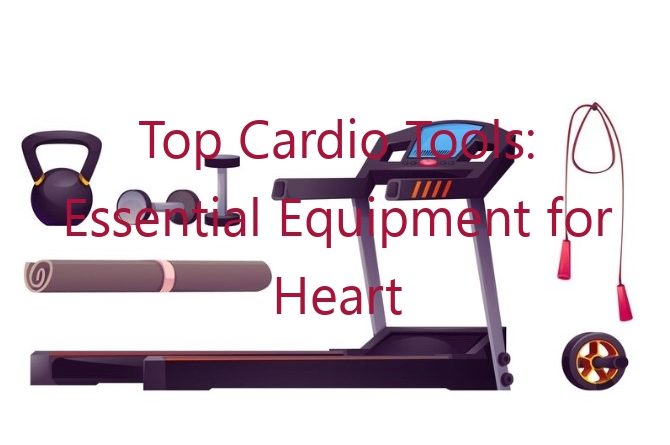
Introduction
Sponsored Ads
In the realm of health and fitness, cardiovascular exercise stands as a cornerstone for promoting optimal heart health. Embracing a regular cardio routine not only strengthens the heart, improving its efficiency in pumping oxygen-rich blood throughout the body, but also enhances overall fitness levels, boosts endurance, and diminishes the risk of chronic ailments. To maximize the benefits of cardio training, it is imperative to have access to the right tools. This comprehensive article explores an array of top cardio tools, providing detailed insights into their strengths, weaknesses, and the various factors to consider when choosing the most suitable option.
Understanding the Types of Cardio Tools
Cardio tools encompass a diverse range of equipment designed to elevate the heart rate and promote cardiovascular fitness. These can be broadly categorized into three primary types: aerobic, anaerobic, and plyometric. Aerobic tools, such as treadmills and elliptical machines, engage large muscle groups in continuous, rhythmic movements, sustaining an elevated heart rate for extended periods. Anaerobic tools, on the other hand, involve short, intense bursts of activity followed by brief rest intervals, promoting rapid heart rate fluctuations. Plyometric tools, characterized by explosive movements, utilize the stretch-shortening cycle to generate power and enhance cardiovascular function.
Strengths and Weaknesses of Top Cardio Tools
Treadmills
Strengths:
* Versatile and accessible, offering a wide range of workout options
* Adjustable speed and incline settings allow for customized workouts
* Accurate calorie tracking and performance monitoring features
Weaknesses:
* Can be monotonous for some users
* Potential for joint strain if not used properly
Elliptical Machines
Strengths:
* Low-impact, joint-friendly design
* Smooth, continuous motion that engages multiple muscle groups
* Customizable programs cater to different fitness levels
Weaknesses:
* May not provide as intense a workout as other cardio tools
* Larger footprint compared to some other options
Stationary Bikes
Strengths:
* Excellent for improving cardiovascular fitness and leg strength
* Comfortable and adjustable for various body types
* Compact and space-efficient design
Weaknesses:
* Limited upper body engagement
* Can be uncomfortable for extended periods without a padded seat
Rowing Machines
Strengths:
* Full-body workout that engages multiple muscle groups
* Improves posture and core strength
* Low-impact and suitable for individuals with joint problems
Weaknesses:
* Can be challenging to master proper technique
* Requires a dedicated space
Ski Machines
Strengths:
* Mimics the movements of cross-country skiing, providing a dynamic full-body workout
* Burns calories and improves cardiovascular health
* Compact and portable design
Weaknesses:
* Requires coordination and balance
* May not be suitable for individuals with back or shoulder problems
Factors to Consider When Choosing a Cardio Tool
Selecting the most appropriate cardio tool hinges on several key factors:
* **Fitness level:** Consider your current fitness level and choose a tool that aligns with your abilities and goals.
* **Exercise preferences:** Determine what type of exercise you enjoy most, whether it’s running, cycling, rowing, or skiing.
* **Space availability:** Evaluate the available space in your home or gym to ensure the tool you choose fits comfortably.
* **Budget:** Set a realistic budget and explore options that fall within your financial constraints.
* **Health considerations:** Consult with a healthcare professional to determine any physical limitations that may influence your choice of cardio tool.
Cardio Tool Comparison Table
The following table summarizes the key features and specifications of the top cardio tools discussed in this article:
| Tool | Type | Features | Strengths | Weaknesses |
|—|—|—|—|—|
| Treadmill | Aerobic | Adjustable speed and incline, calorie tracking, performance monitoring | Versatile, high-intensity workouts | Monotonous, potential for joint strain |
| Elliptical Machine | Aerobic | Low-impact, multiple muscle group engagement, customizable programs | Joint-friendly, smooth motion | Less intense workout, larger footprint |
| Stationary Bike | Aerobic | Adjustable resistance, comfortable seating, compact design | Improves cardio and leg strength | Limited upper body engagement, uncomfortable for extended periods |
| Rowing Machine | Anaerobic | Full-body workout, improves posture and core strength, low-impact | Engages multiple muscle groups | Challenging technique, requires dedicated space |
| Ski Machine | Plyometric | Mimics cross-country skiing, dynamic full-body workout, burns calories | Compact and portable | Requires coordination and balance, not suitable for all |
Frequently Asked Questions (FAQs)
1. Which cardio tool is best for beginners?
Elliptical machines and stationary bikes are excellent options for beginners due to their low-impact nature and ease of use.
2. What is the most effective cardio tool for weight loss?
Treadmills and rowing machines are highly effective for burning calories and promoting weight loss.
3. Which cardio tool is best for improving endurance?
Treadmills and elliptical machines allow for sustained, high-intensity workouts that enhance endurance.
4. Can I use cardio tools at home?
Yes, there are many home-based cardio tools available, such as treadmills, elliptical machines, and stationary bikes.
5. How often should I use cardio tools?
Aim for at least 150 minutes of moderate-intensity cardio or 75 minutes of vigorous-intensity cardio per week.
6. What is the best time to use cardio tools?
The best time is when you are most likely to stick to your workout routine, whether it’s morning, afternoon, or evening.
7. Can I use cardio tools if I have joint problems?
Consult with a healthcare professional to determine the most suitable cardio tools for your specific condition.
8. How can I ensure proper form when using cardio tools?
Study proper technique, use mirrors or consult with a trainer to ensure correct posture and movement.
9. What are the safety precautions to observe when using cardio tools?
Wear appropriate footwear, don’t overexert yourself, and stop if you experience any pain or discomfort.
10. How can I track my progress using cardio tools?
Most cardio tools have built-in tracking features or can be synced with fitness apps to monitor heart rate, calories burned, and distance covered.
11. Is it necessary to warm up before using cardio tools?
Yes, a proper warm-up prepares your body for the workout and reduces the risk of injury.
12. How can I cool down after using cardio tools?
Gradually reduce intensity and incorporate stretching exercises to aid recovery.
13. What are some tips for staying motivated with cardio workouts?
Set realistic goals, find an enjoyable activity, listen to music, and enlist a workout buddy for support.
Conclusion
Embracing a regular cardio routine is an indispensable aspect of maintaining a healthy lifestyle. With the advent of advanced cardio tools, individuals can effectively elevate their heart rate, improve cardiovascular fitness, and enhance overall well-being. By carefully considering the factors discussed in this article, readers can make informed decisions when selecting the most appropriate cardio tool that aligns with their fitness goals, preferences, and circumstances.
Embarking on a cardio journey requires a commitment to consistency and a positive mindset. Incorporating cardio tools into your routine will not only strengthen your heart but also boost your energy levels, improve your mood, and promote a sense of accomplishment. Embrace the transformative power of cardio, and witness the remarkable benefits it brings to your physical, mental, and emotional well-being.
Remember, investing in quality cardio equipment is a testament to your commitment to self-care and longevity. Equip yourself with the tools you need to unlock your fitness potential, embrace a healthier lifestyle, and live a more fulfilling life. Let the rhythm of your heart be the driving force that propels you towards a brighter, healthier future.
